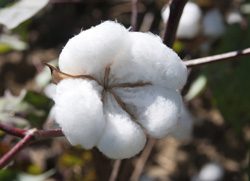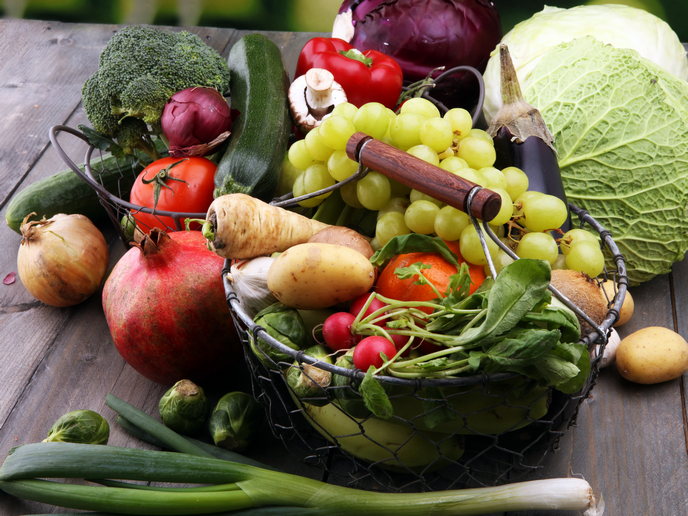Rice- and cotton-reinforced plastics for aquiculture
Aquiculture structures that are in constant contact with water are subject to a number of mechanical problems and to rotting when wood based. Such structures include mollusc farming rafts, flotation devices for sea-based fish farming and tanks for land-based fish farming (so-called cages). European researchers working on the DOLFIN project sought to produce innovative plastic structures reinforced with crop waste fillers to enable better mechanical properties, lower costs and 100 % recyclation. Current crop waste exploitation is negligible whereas its burning contributes significantly to environmental pollution. The researchers sought to utilise cotton fibre and husk rice as plastic fillers to produce sustainable and high-performance alternatives to current state-of-the-art wooden, metal and non-reinforced plastic materials at a competitive price. Researchers focused on development of plastic composites leading to innovative plastic rafts for mollusc farming as well as to alternatives to metals and non-reinforced plastics in already existing cage structures. Three different plastic composites were developed. Two utilised cotton fibre and were employed in extrusion of pipes and injection moulding. The third compound used a husk rice filler and was designed for auxiliary elements of aquiculture structures. Industrial validation of the products demonstrated that the novel mollusc raft enhanced productivity compared to existing commercial products. In addition, the auxiliary cage structures were optimised with respect to Norwegian standards based on European and American environmental data and in compliance with the International Organization for Standardization (ISO) requirements. Finally, economic analysis including ecological and productivity characteristics proved superior to conventional methods at a competitive price. Commercialisation of the DOLFIN project results should enhance sustainability and profitability of aquiculture. In addition, the technologies could find broad application in street furniture, playground equipment and beach structures, among others, contributing to enhanced competitiveness of a number of industries.







